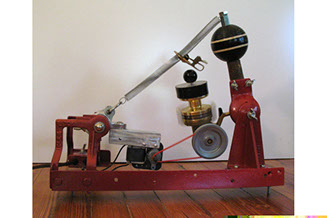
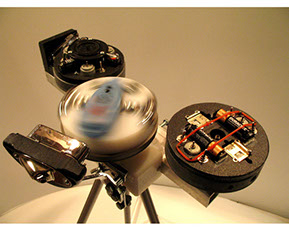

SA6: The Maker Issue

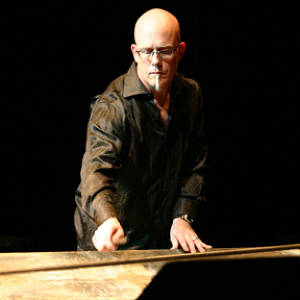
Introducing Neil Feather
Neil Feather in Conversation with Sound American

Look At The Instruments




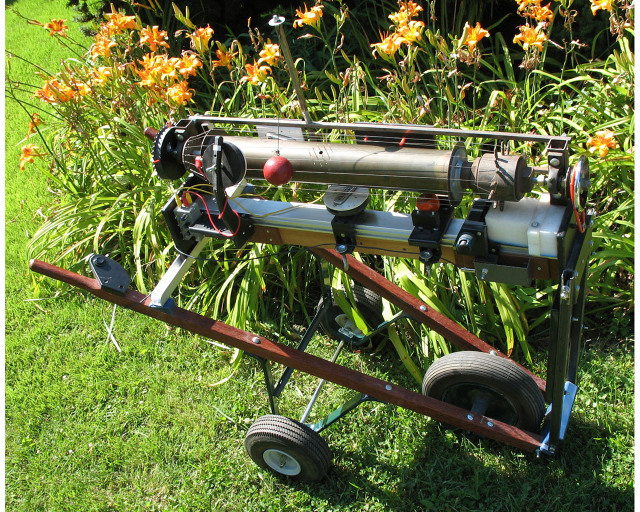

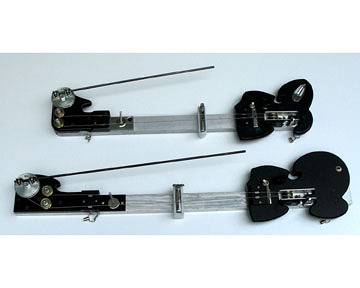

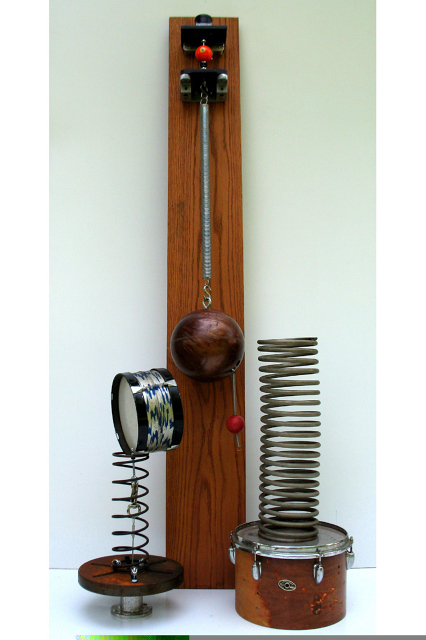
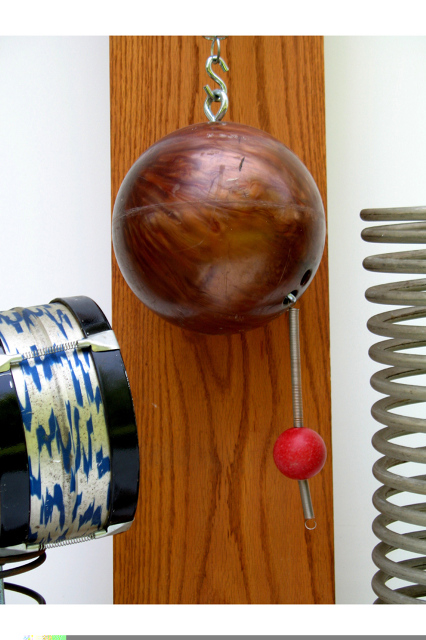



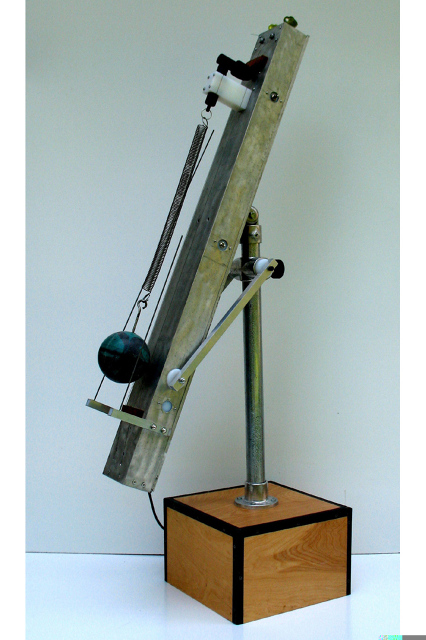
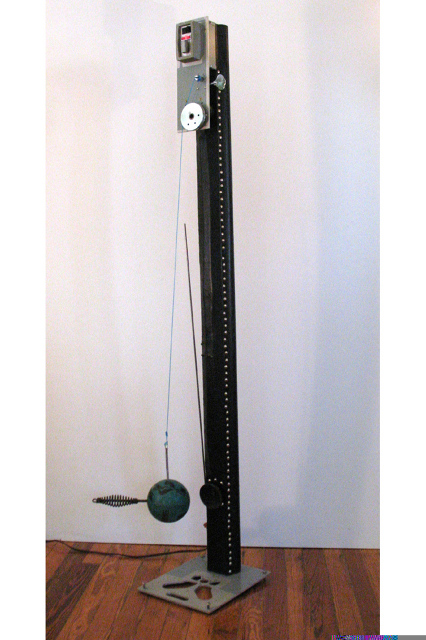
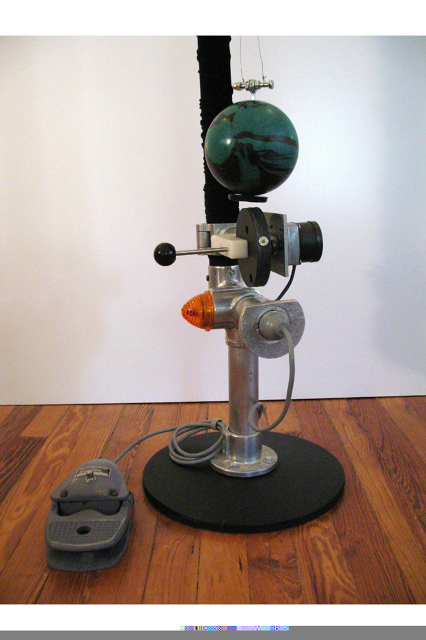
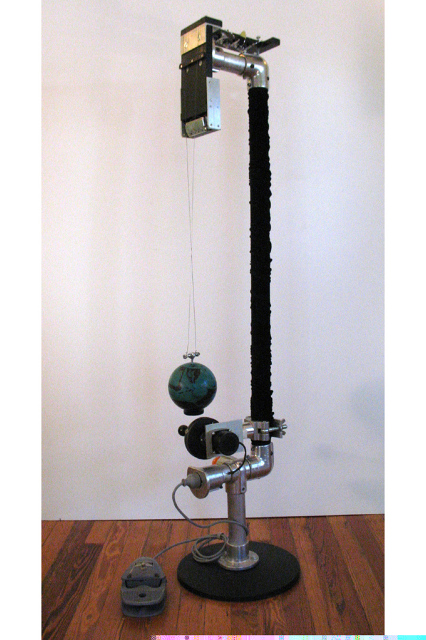
Clown Car
Melocipede (Detail)
Neil Feather Playing The Nondo
The Vibrowheel
The Contraption Phase 5
Dizzy
The Guitaints
Melocipede
Number 5
Number 5 Detail
Pet
Pony
The Clutch (Detail)
The Clutch
The Meow
The Mom (Detail)
The Mom
<
>

Listen To The Instruments
48: Neil Feather (magnapooters) and Jason Willett (turntables)
62: Neil Feather (twin pies) and Jason Willett (turntables)
MUGWUMP (2005): Neil Feather (guitaint and vibrowheels), with Bob Wagner (drums) and Dan Breen (guitaint)
Watch The Instruments
